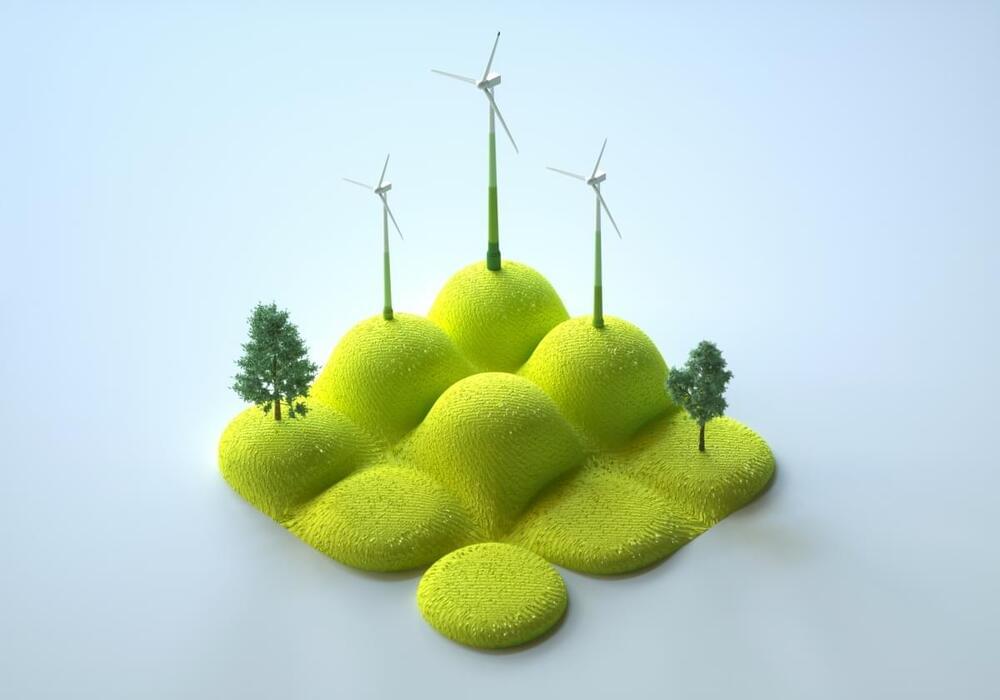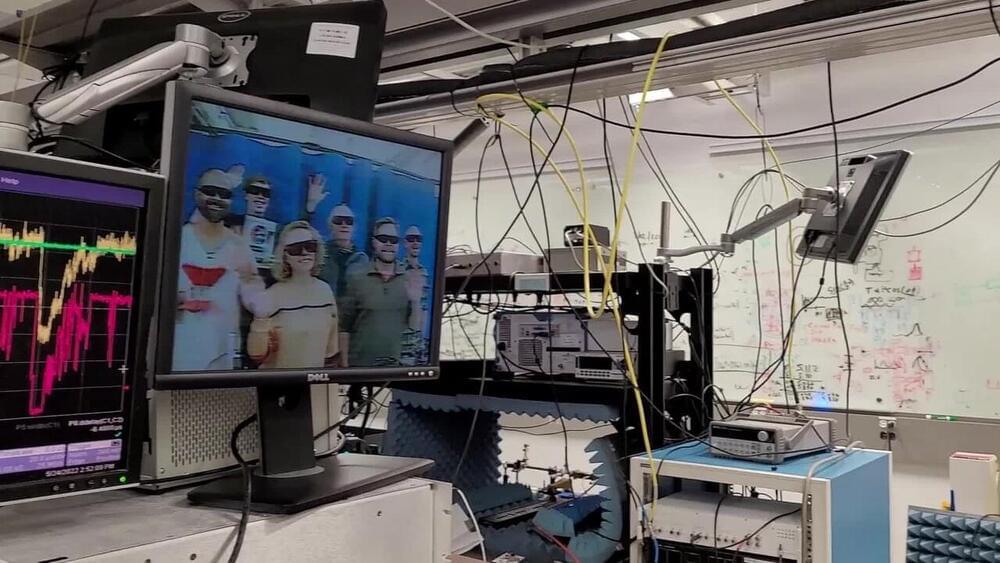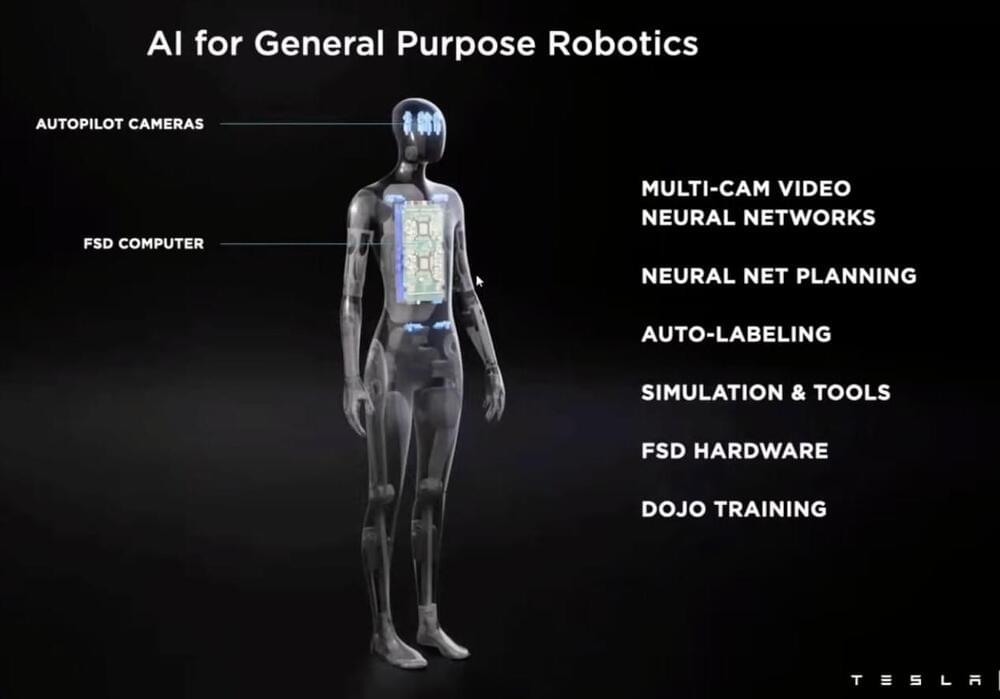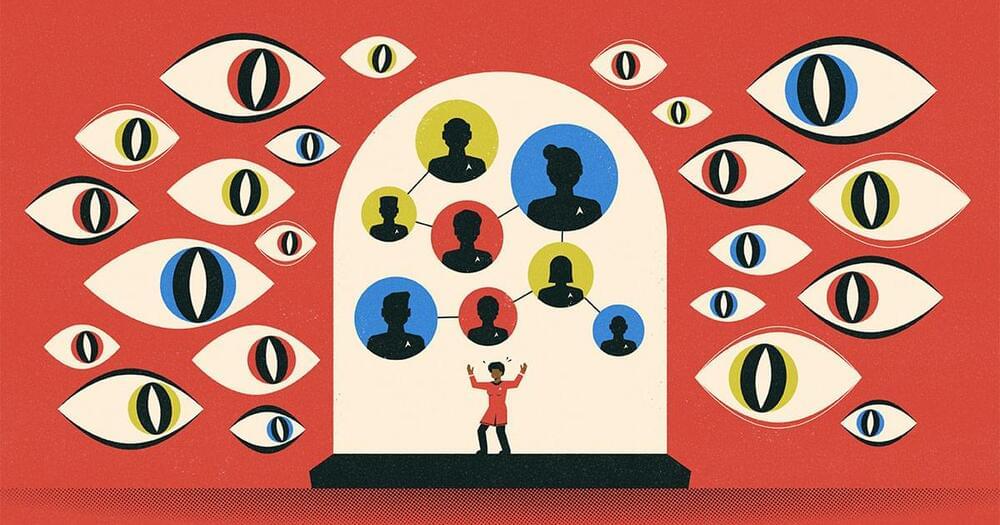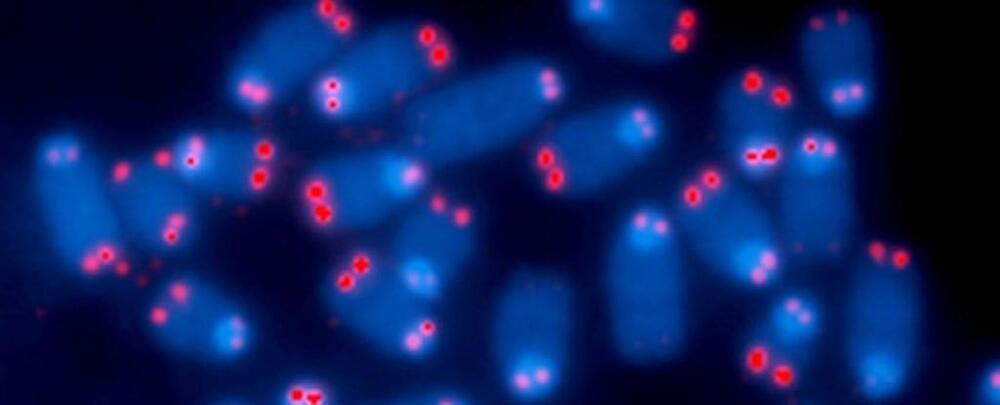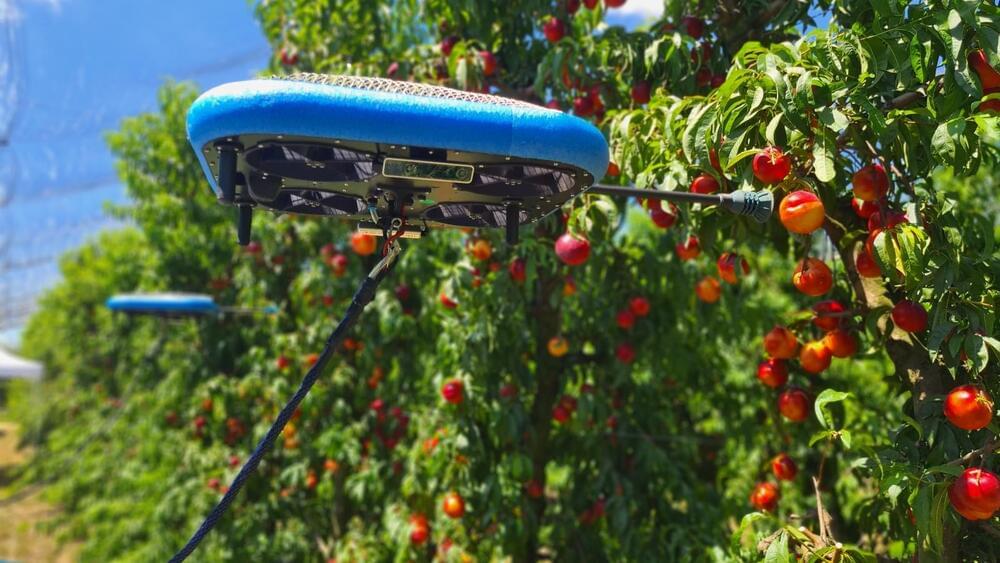Weighing cost vs. benefit
For small business owners, implementing sustainability initiatives may seem more like a pipe dream than a tangible goal, as the technology can be costly to implement. What’s more, businesses that are using technology to drive sustainability must employ talented workers who can tap into those resources and streamline operations for the greatest economic and environmental benefit.
However, as companies can leverage automation and data analytics to increase efficiency, adjust energy usage, reduce waste and otherwise help with sustainability, the cost of investing in automation is worth it. By giving company leaders the ability to see the big picture in terms of carbon footprint, data and automation can help optimize operations and improve a company’s bottom line.
